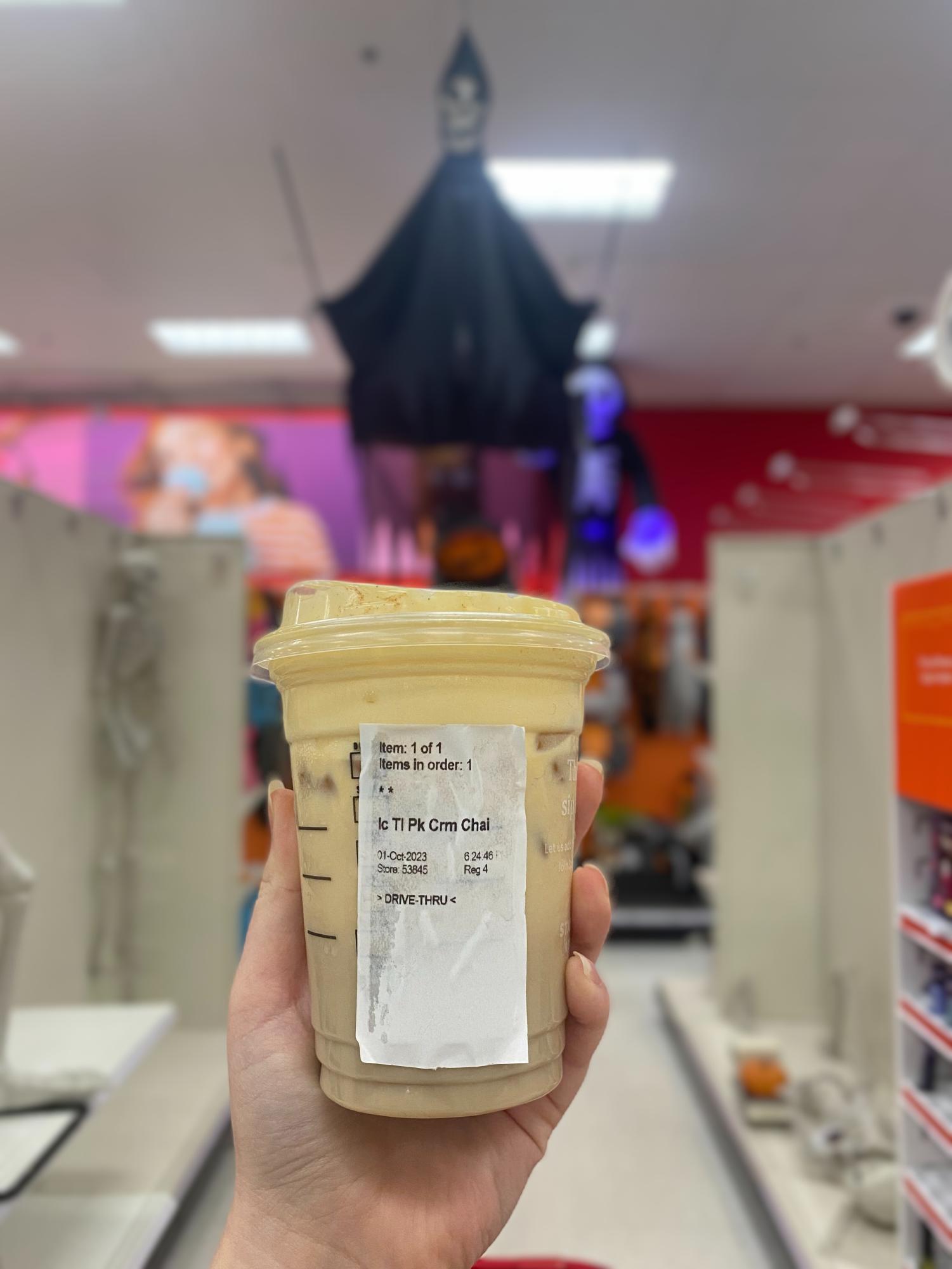When anyone begins thinking about the fall season, the first thing that comes to mind is the return of the pumpkin spice latte, or as some call it, the “PSL.” However, as the fall season sets in, it is important to note how much sugar is in each of these drinks in order to maintain healthy habits.
This debate has grown after the release of the Pumpkin Swirl Frozen Coffee from Dunkin’ Donuts. One large Pumpkin Swirl Frozen Coffee made with whole milk contains 930 calories with 185 grams of total sugar.
With these drinks, everyone picks their own poison.
The FDA recommends 2,000 calories as a general nutrition guideline; teenagers from 14-18 have a general recommendation of 2,000 – 2,800 daily. With only two or three of these large coffees, someone could reach their total calorie intake for the day.
Ms. Hickman explains how “once you have one of these drinks, that’s a meal’s worth of calories.” Even so, she still continues to order an Apple Oat Milk Macchiato every two weeks, but she tries to “keep a lid on it.”
While these drinks appeal to the tastebuds of many, they do not appeal to the pancreas or heart. Studies have shown that Americans eat an excessive 22 teaspoons of sugar each day, which is contributing to the rise in obesity and cardiovascular problems in the United States.
Dunkin’ is also not the only source for sugar-filled drinks. Other companies such as Starbucks and Scooter’s also serve up drinks full of sugars and syrups such as the Iced Pumpkin Cream Chai Tea Latte and the Pumpkin Caramelicious Blender.
When added sugar or syrups are introduced into the bloodstream, they break down faster than natural sugars, overloading the body’s blood stream with sugar. This new addition contributes to the risks associated with too much sugar intake including overworking the pancreas and heart.
Out of an essay completed by 37 students, only four students commented that they keep track of how much sugar they eat in a day. With products slowly being packed full of more conservatives, keeping track of additional sugars is crucial in our culture and environment.
There are, however, other healthier alternatives besides sugary drinks. Rachel Reams (10) recommends water while Sydney Atchison (11) recommends other fruit juices without as much sugar. Other options limiting the amount of added sugars are the perfect suggestion instead of consuming these unhealthy drinks as often.
Another suggestion is dividing meals out by the amount of sugars and fats. If a lunch is more hearty, dinner should be lighter, so the body can properly digest the previous meal.
The U.S. is slowly forgetting about how much sugar is affecting people’s health, but with a clear way of knowing how much sugar one intakes, people in the country and even our small town can improve their health drastically.










